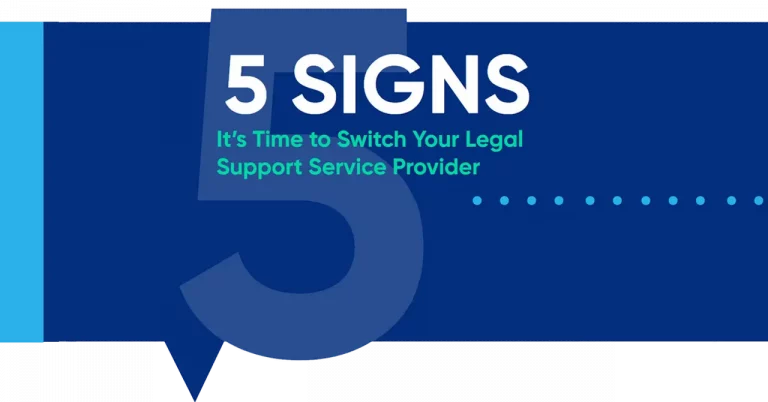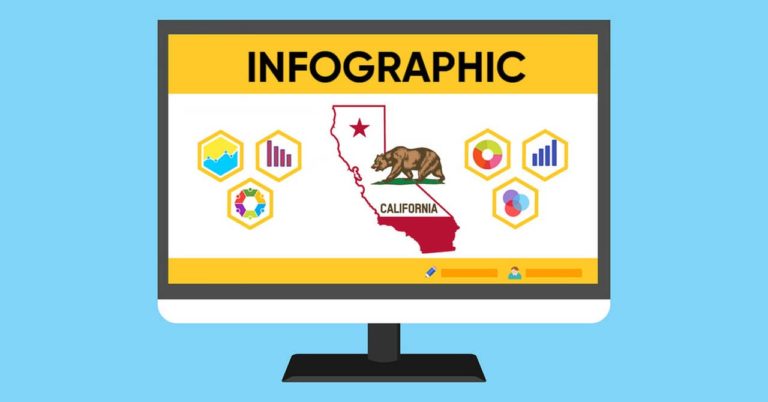5 Signs It’s Time to Switch Your Legal Support Service Provider
The busy, buzzing, deadline-driven law firm environment makes it easy to overlook your legal support service provider’s performance. But if you feel like your provider is making your job more stressful instead of easier, it’s time for a switch. Here are five ways to know for sure.
5 Signs It’s Time to Switch Your Legal Support Service Provider Read Post











